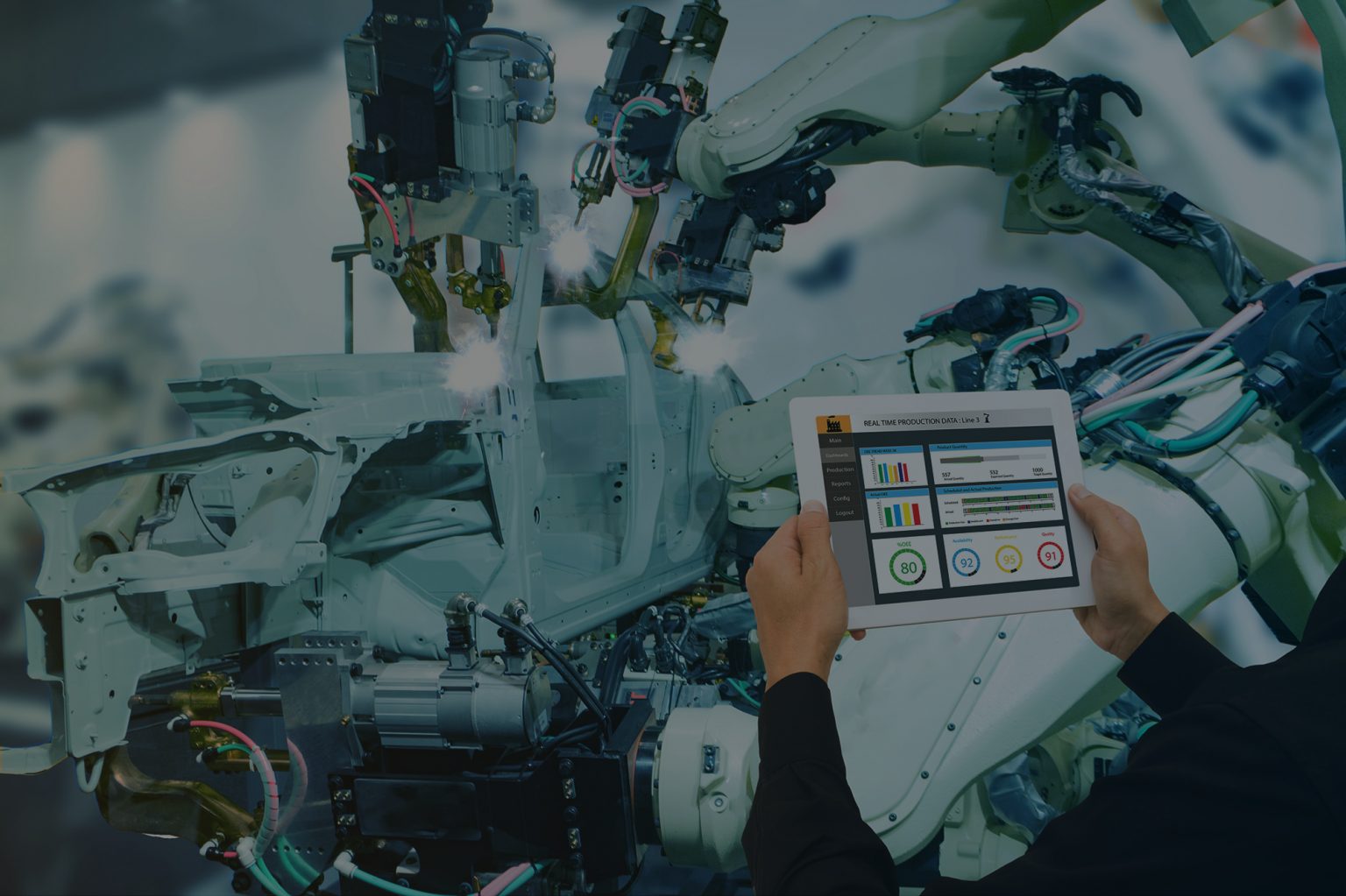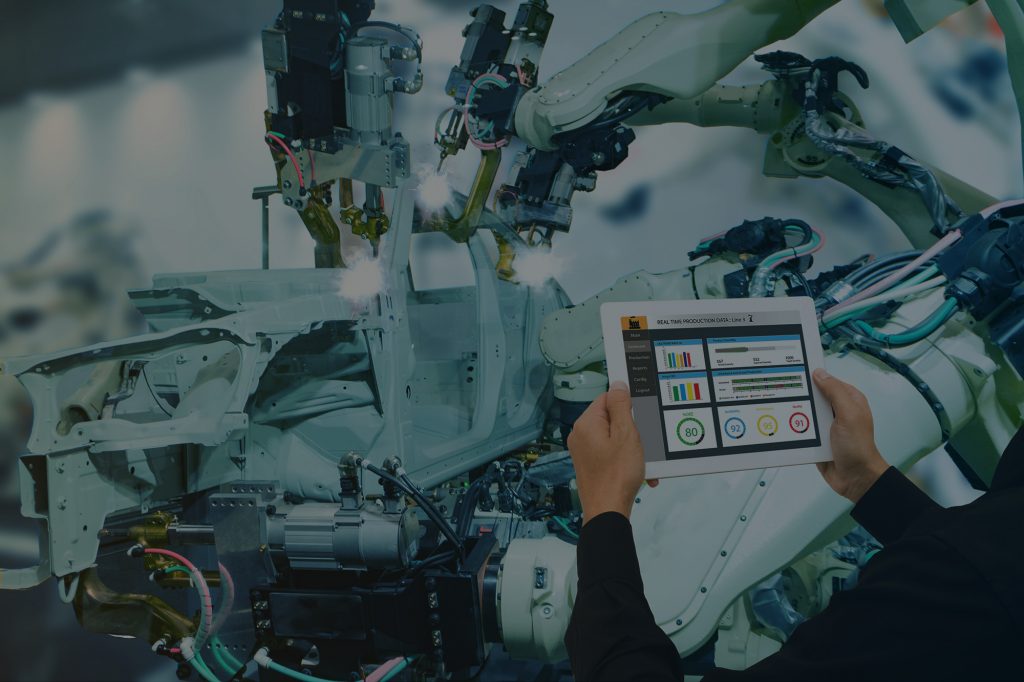Machine connection is not magic. But if the conditions are not right, a simple task can quickly cause you headaches. Basically, there are only a few basic requirements to be considered. We have put together the 5 most important ones that will help you to connect your machine successfully.
1. Network connection
Typical machinery includes plant controls of different ages and with different connection possibilities. Ideally, the controllers have Ethernet connections. This means that only the cabling and an assigned IP address are required for the connection.
For systems that do not meet these requirements, the retrofitting of the Ethernet interface must be checked. If retrofitting is not possible or not economical, there is also the option of using a small controller to record only certain electrical signals or defined sensors to record the machine status.
In any case, IT should be consulted to ensure network separation and protection of the control level via a firewall.
2. Communication protocols and OPC UA
Die Ethernet-Schnittstelle ist die Grundvoraussetzung. Die zweite wichtige Frage ist das Kommunikationsprotokoll, mit dem die Steuerung über das Netzwerk angesprochen wird. Bei vielen Steuerungen sind dies Standardprotokolle. Die verbreitetste Steuerung in Deutschland ist die S7 und damit das ISO-on-TCP Protokoll. An zweiter Stelle findet sich dann bereits das Modbus-Protokoll, welches von vielen Kleinsteuerungen, intelligenten Sensoren, Energie-Messgeräten etc. gesprochen wird. Für jedes Protokoll gibt es OPC Server, mit denen die Anbindung erfolgt. Im Idealfall ein OPC Server welcher alle Protokolle implementiert. Mit OPC UA sind Sie dann technisch im Grunde schon am Ziel.
3. Machine data requirements
The pure machine connection says nothing about the data that is exchanged with the control. The bandwidth here ranges from pure read-only access to digital and analog process data to complex related data such as production order data. In the case of process data, the number and distribution over the address space of the controller must be taken into account. The communication protocols often have protocol-related bandwidth limitations. Thus, the amount of data points and the distribution on the controller affect the possible update cycles. You can optimize here by trying to use coherent blocks.
For more complex production data such as orders, smoke messages, etc., a handshake functionality must be agreed with the PLC or its programmer. The majority of communication protocols are based on data points. Contexts are not known here. The correlations must be defined and controlled by handshakes. If a production order is transferred or a consumption is reported, a defined data point must be set as a trigger for fetching a data record.
If there is a requirement for this type of data from the PLC, the transfer procedure should be clarified before connection in order not to struggle with inconsistent data.
4. Access to PLC programmer
If the machines to be connected are series machines or series devices, there are often fully documented register and data point descriptions. In case of doubt, these must be requested from the supplier.
More special is the connection of controls in systems with individual programming. Here either a well documented and available PLC program or direct access to the PLC programmer is necessary. The desired data points have to be determined from the program or have to be provided by the programmer in defined memory areas. If the program is missing and the programmer is not available, it becomes much more difficult or even impossible to determine the valuable data from the PLC.
5. buffering of production data
Before implementing the machine connection, the relevance of the data should be clarified in terms of the obligation to record. A purely read-only access to process data will result in a data gap if the network connection to the PLC is interrupted. For many data this is acceptable within the usual availability.
A transfer must be 100% guaranteed because some data must be recorded or entries must be made. In this case the buffering must be clarified beforehand. One possibility here is the intermediate storage of data records in the PLC, which are then transferred seamlessly to the superordinate system via a defined handshake procedure.
Conclusion:
Unterm Strich bleibt festzuhalten: Maschinenanbindung ist einfach. Wichtig ist ein klares Verständnis bei allen Beteiligten, welche Erwartungen an die Maschinendaten gestellt werden. Da heute die Ethernet-Schnittstelle bei Steuerungen immer mehr Standard wird und OPC Server wie z. B. Kepware OPC Server diverse Protokolle implementieren, können hier schnell beindruckende Erfolge erzielt werden.


